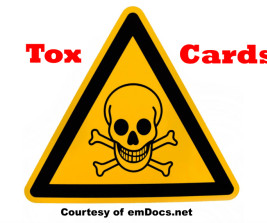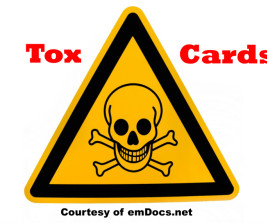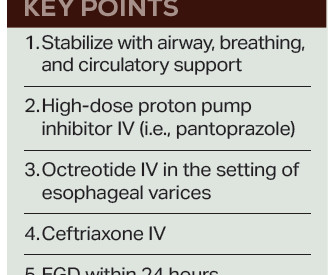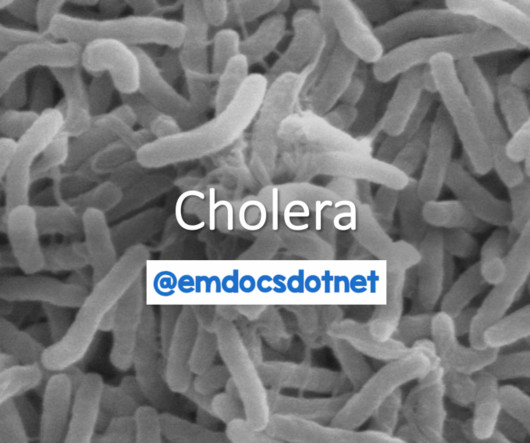Congenital Syphilis
Pediatric EM Morsels
AUGUST 9, 2024
Neonates presenting to the Emergency Department often cause a lot of uncertainty. Let’s review how Congenital Syphilis may present to our Emergency Departments: Congenital Syphilis : Basics Occurs when the spirochete Treponema pallidum is transmitted from mother to fetus. Is this scalp swelling normal?




















Let's personalize your content